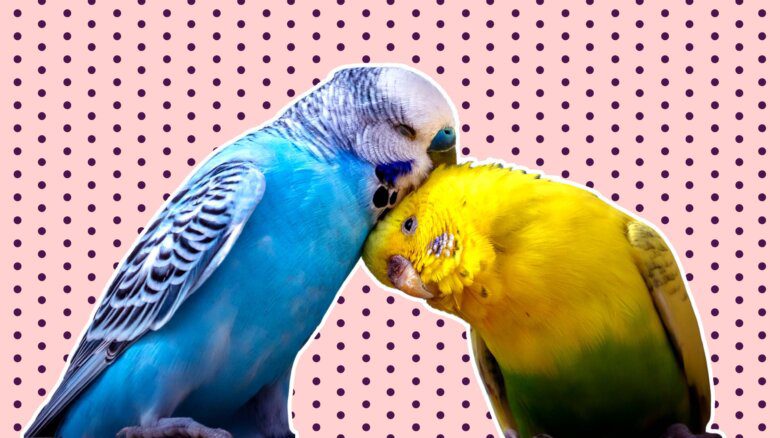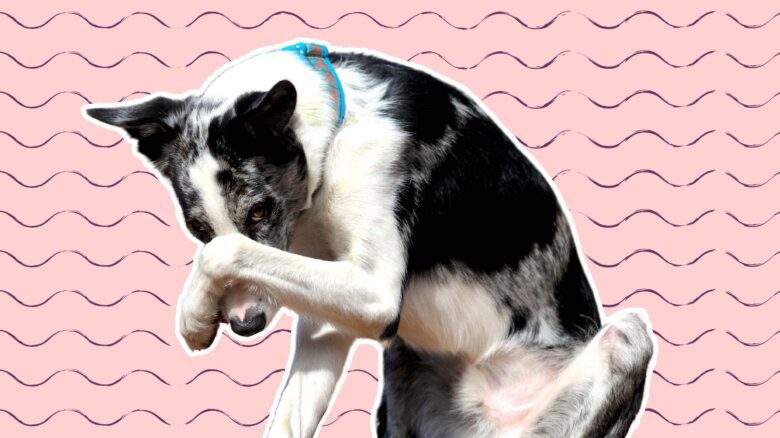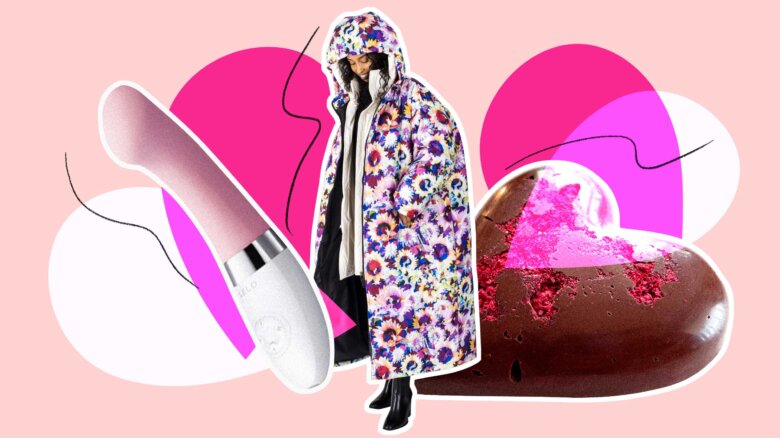“Well, what were we supposed to buy?” guests asked when they arrived at the baby party we had last week. “Everything is pink and blue.”
I have learned that up until a fetus is six weeks old there are no external differences between a boy and a girl. I wanted to carry on this beautiful ambiguity as long as possible (hopefully until our child is at least 21).
But by refusing to find out the sex of our coming baby we left our well-wishers in a consumerist lurch. What we got was lots of yellow (ducks, but no lemons), white and the occasional green (with frogs).
I wonder how it happened, this pink-and-blue division of everything from baby socks to washcloths to tiny bibs that say, “Tuesday.” Could there be any basis in the natural world?
My pink list: Pigs, tongues, pig’s tongues (both male and female), gums and other sensitive body parts, a plucked chicken, salmon. My blue list: Bluebirds, blue sky, bluebells, lips after swimming in the lake at the cottage, veins, whales (or is that just in pictures?).
It seems that, like so many things that “just are,” the pink-and-blue split is based on little if any actual logic.
Apparently pink has only been considered a feminine colour for the past 40 years or so. Before that there is some proof that the colour assignments were reversed, although reports vary widely. A strand on Google Answers (“list price $5, not intended to substitute for informed professional medical, psychiatric, psychological, tax, legal, investment, accounting or other professional advice”) claims, “gender associations were actually the opposite until World War II, since pink was considered a stronger colour, closer to red, and blue was daintier.”
The Virgin Mary comes up a lot in reference to gendering blue. What I want to know is who was around to record what she was wearing? Fashion Television? I don’t remember reading in the Bible, “Mary wept on the hill, her peacock blue veil perfectly complementing her navy blue pinafore, which brought out the slate blue streaks in the Good Friday sky.”
Anyhow, given the reference, you’d think that blue would be chosen for girls. But the exact opposite is also put forward online, that blue became associated with boys, “according to some theorists, because the Nazis reversed the colour codes by associating blue with the Virgin Mary and identified homosexuals with a pink triangle.” Come again?
Surprisingly, Little Boy Blue and the Man in the Moon are seldom, if ever, factored into the debate.
This way or that, it leads to the question of why colours were used to signify gender at all? Why not something else? Why not go for something permanent and just ink arrows and crosses on the heads of babes? I suppose there isn’t much marketing power in that. Would you prefer the tattoo or the branding?
I came across a ridiculous pseudo-scientific article from 2007 claiming women genetically prefer pink. The authors tested a group of twentysomethings, males and females, to determine what colour most caught their attention. Not exactly what I’d call a credible delineation of nature versus nurture. “This preference has an evolutionary advantage,” suggests the study, because women were better able to spot ripe berries and recognize a feverish child by flushed cheeks in primitive times.”
Elsewhere in my search I found that “firearms shops in the US are stocking pink rifles and shotguns to encourage girls to get into shooting”. Women hunting and spotting the ripe berries? Now I am really confused.
I theorize (although I didn’t find this alluded to anywhere in my online reading so I could be way off the mark) that the sudden association of a specific colour for each gender beginning 40 years ago had something to do with the increasing social presence, recognition and fear of queer people and the concurrent desire by homophobes to claim new babies as boys or girls in hopes of eliminating that emerging third option (once called gay). I think the blue/pink split was an effort to streamline the world into two acceptable categories right from the get-go, two unmistakable categories when some troublemakers seemed to be challenging those categories and generally threatening the order of all things male/female.
Apparently we are making some progress in challenging the dichotomy. “As the 20th century waned resistance by men to the colour [pink] relaxed, even though it became closely associated with the ‘cute movement’ led by Hello Kitty,” argued one online source.
According to my mother, “There are much more fashion choices for boys these days than there were when you were growing up.” Oh, so that’s why she wouldn’t let me buy those brown cargo pants when I was in Grade 4 — she didn’t want to limit me.
The problem, I guess, is that babies can’t talk, have no hair, all sound the same and have no distinguishing physical characteristics that can be seen through clothing so they are the one segment of society (or the market) most in need of external categorization. Why they don’t force us all into pink and blue when we all have big ears, big noses, coarse chin hairs, hairy legs and saggy everything is beyond me. Perhaps in another 40 years.
 Why you can trust Xtra
Why you can trust Xtra


